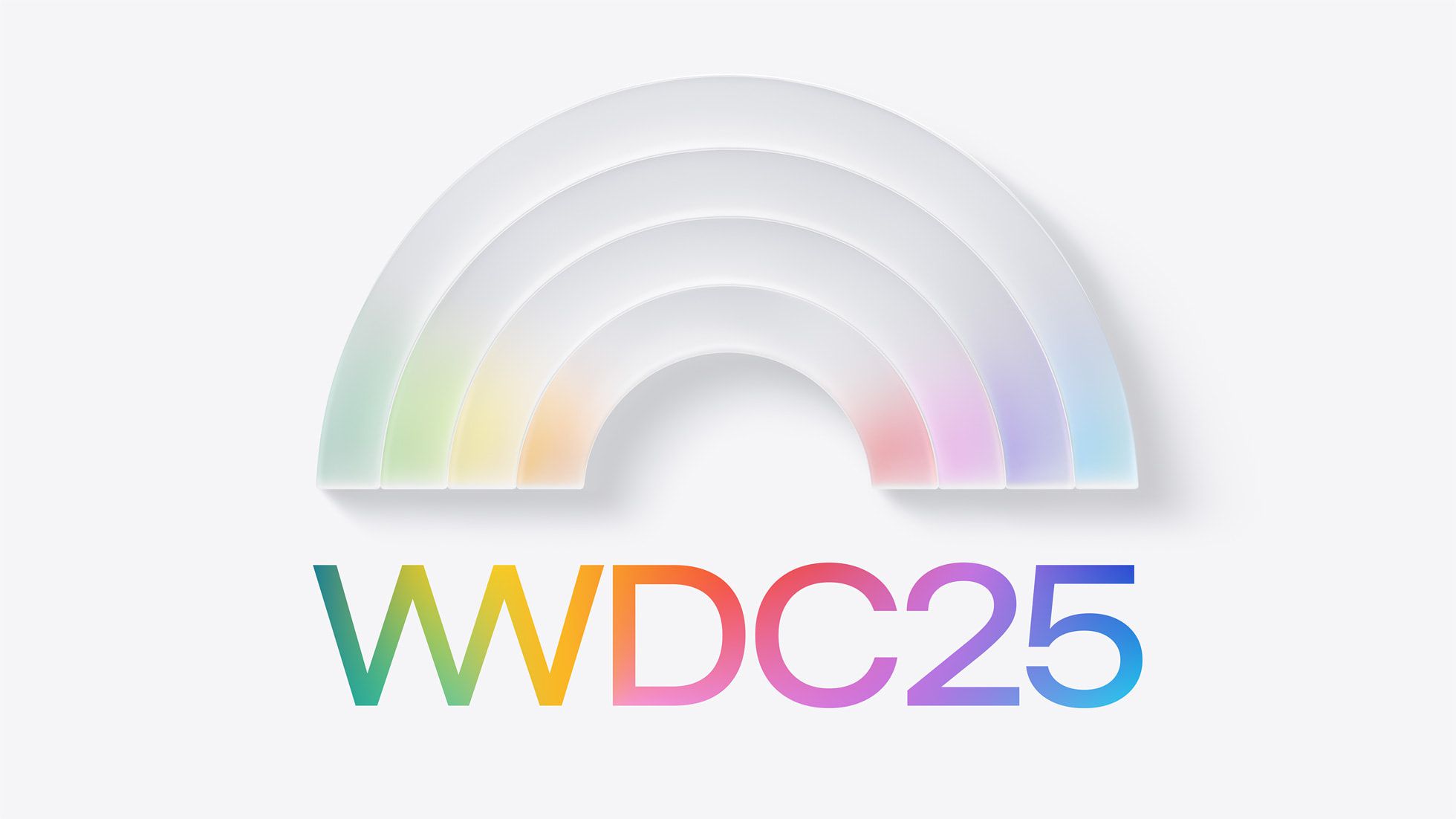Analyzing the Current Landscape of Technology Innovations
Author: Ben Schoon

The technology landscape is evolving at an unprecedented pace, characterized by significant innovations in artificial intelligence, blockchain, and smart technologies. As companies and stakeholders adapt to these changes, several recent developments point to a transformative phase in the tech industry.
Among the most notable updates is Google's anticipated release of the Pixel Flip, a new foldable phone aimed to compete with the likes of the Motorola Razr Ultra. Analysts have highlighted potential improvements Google could bring, such as enhanced user experience and technological advancements. This move signifies a further entrenchment of smartphone brands into the foldable market, catering to evolving user preferences.
Google's upcoming Pixel Flip aims to rival the Motorola Razr Ultra.
In the cryptocurrency sector, the Avalanche (AVAX) has experienced a notable dip, prompting analysts to compare its position with emerging alternatives like Ruvi AI. The rise of blockchain-powered AI solutions is reshaping investment strategies, signaling a potential shift in market dynamics as more investors seek innovative platforms that promise robust returns.
Moreover, recent revelations about Meta's initiative to replace human risk assessors with AI underline a growing trend within big tech companies towards automation. This move raises questions about the implications for labor and decision-making as AI technologies become integral to operations, particularly in assessing and mitigating risks associated with new technologies.

Meta's shift to AI for risk assessment reflects broader trends in tech automation.
On the application side of technology, Google has launched the AI Edge Gallery App, designed to enable users to run Hugging Face models offline on their mobile devices, marking a significant leap in personalizing AI access. This innovation aligns with the growing demand for AI tools that function without constant internet connectivity, enhancing user convenience.
The implications of these technological developments are far-reaching, extending into the personal lives of users. As therapists highlight, interactions with AI—particularly in contexts like intimate communication—are increasingly viewed through the lens of emotional relationships. These dynamics introduce new challenges in personal relationships, as people navigate the boundary between human and AI interaction.
Upcoming events such as WWDC 2025 are expected to reveal further insights into the strategies of major players like Apple, especially in the realm of generative AI. Reports suggest a potentially subdued presentation, with expectations for significant innovations tempered by recent product performance issues. However, anticipated updates to core software platforms could still resonate positively with the Apple community.

WWDC 2025 may feature updates amid tempered expectations from past events.
Overall, the intertwining narratives of technological advancement, investment strategies, and personal relationships represent an intricate tapestry of change. As companies navigate this landscape, the key question will remain: How will they adapt to meet user expectations while pushing the boundaries of innovation?